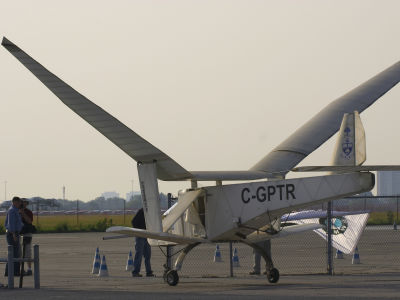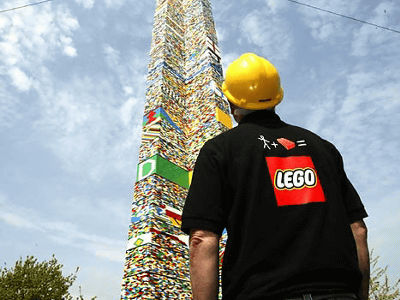A fighter jet once flew under London's famous Tower Bridge

by
Tower Bridge, a famous tourist attraction in London, is a drawbridge with a distinctive shape that has two levels of bridges, one above the other, sandwiched between a 65m-high tower. There have been several incidents of airplanes passing between the upper and lower bridges on Tower Bridge.
Daring feats at Tower Bridge | Tower Bridge
https://www.towerbridge.org.uk/daring-feats-tower-bridge
Seven seconds: the Tower Bridge Hawker Hunter incident - Aerial Combat
https://www.aerialcombat.co.uk/2016/04/seven-seconds-the-tower-bridge-hawker-hunter-incident.html
Tower Bridge is one of London's most popular tourist attractions, consisting of a two-tiered bridge, with the lower bridge opening and closing several times a day. You can see how Tower Bridge opens and closes in the video below.
Tower Bridge London Opening and Closing - YouTube
The first time an airplane flew between the bridges above and below Tower Bridge was on August 10, 1912. After flying over Tower Bridge, pilot Frank MacLean's seaplane continued up the Thames, passing under every bridge between Tower Bridge and the Palace of Westminster. After successfully flying upstream, MacLean attempted to fly under Tower Bridge on the return journey, but was hit by a crosswind and crashed into the water. The seaplane was later recovered for repairs. MacLean was not injured.

On April 5, 1968, Royal Air Force pilot Alan Pollock flew a Hawker Hunter jet fighter between the upper and lower bridges of Tower Bridge. At the time, the British government was considering withdrawing funding from the Air Force, and Pollock was against the government's decision. Pollock was also unhappy with the decision by the Air Force's top brass not to hold a flying event over London to mark the 50th anniversary of the Air Force's founding.
Mr Pollock flew a Hawker Hunter over the Palace of Westminster as part of his protest against the government and the Air Force. He then flew over Tower Bridge and passed between the upper and lower bridges. The image below is a recreation by artist Gary Eason based on interviews with Mr Pollock.

Although Mr. Pollock did not expect to pass the Tower Bridge at the beginning of the flight, the moment he saw the Tower Bridge during the flight, he was driven by the desire to 'pass the Tower Bridge'. It took about 7 seconds from deciding to pass the Tower Bridge to actually passing it. Mr. Pollock was arrested after landing and retired from the Air Force for medical reasons a few months later.
Related Posts:







